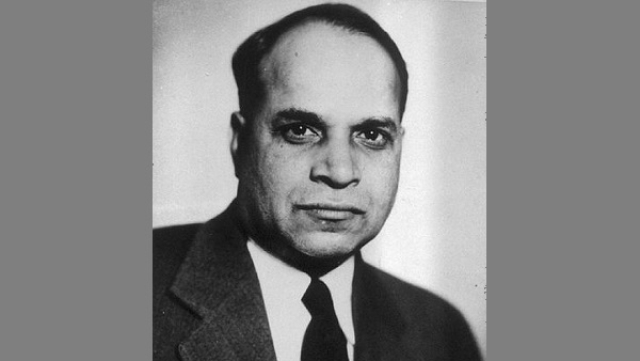Dr Yellapragada Subbarao is the man behind some of the most significant milestones in medical history who is often forgotten when we talk about medical experts such as Alexander Fleming and Ronald Ross.
So, in this article, let us get to know about Dr Subbarao whose discoveries have saved millions of people.
Index
Early life
Our story starts in a small town near Godavari, Bhemavaram, where he was born to a poor brahmin family of 8 on 12 January 1895.
Subbarao has a rocky childhood due to the premature death of close relatives. He ran away from home at the young age of 13 to become a banana trader. Followed by another attempt when he turned 18, this time to become a monk.
Both times his parents managed to drag him back and convince him to continue his studies.
Education
Though Subbarao’s family was poor, he somehow managed to get into Madras Medical College with the help and funding from Local Charities.

Dr Yellapragada Subbarao was a stout nationalist who responded to Gandhi’s call for the swadeshi movement by wearing a khadi medical gown.
This however angered his surgery professor M.C.Bradfield and cost him his MBBS degree and was instead given a lesser LMS degree.
Not being able to join the madras medical service with his degree, he became an anatomy lecturer at Dr Lakshmipathi’s Ayurvedic College in Madras.
Here he developed an interest in Ayurveda and was pushed by an American doctor there at the time to apply for Harvard school for tropical medicine.
Harvard did not approve his work in Ayurveda and rejected him. He had applied again in 1922 but withdrew to help his family when his brothers passed away from tropic sprue.
However, he did apply again the next year and this time he emphasised his anatomy training where he finally got accepted.
Career
At Harvard
Subbarao got his diploma from the Harvard Medical School and went on to join Harvard medicine as a junior lecturer.
His first tryst with success came with the discovery of the Fiske-Subbarao method, which helped estimate the amount of phosphorus in body fluids and tissues. The Fiske-Subbarao method, which he developed with Cyrus Fiske, is used to date by most biologists around the world.
Fiske and Subbarao’s paper was published in the Journal of Biological Chemistry in 1925.
He discovered the role of phosphocreatine and adenosine triphosphate (ATP) in muscular activity. This got him an entry into biochemistry textbooks in the 1930s. He obtained his PhD degree in the same year.
He became the first Indian in Harvard history to earn a PhD in biochemistry.
At Lederle Labs
After a series of unfortunate Discriminations at Harvard, he quit his job at Harvard. He then became an Associate Director of Research at Lederle’s Laboratories in their Pearl River, New York lab.
During this period, he discovered four miraculous medical molecules. These molecules opened new approaches to the treatment of nutritional and infectious diseases, and also cancer.
Aureomycin, the first tetracycline antibiotics was discovered. This discovery was made following one of the largest known scientific experiments to that date – American soldiers fighting in World War II all over the world were asked to bring back soil samples from wherever they were, to screen and identify any potential antibiotic in soil fungi.
Subbarao established a project for protecting American soldiers fighting in the Pacific from malaria and filariasis. This led to the development of his next major molecule, Hetrazan, which is still used widely today. Hetrazan is also used to treat fibrosis in animals too.
Subbarao developed a method to synthesize folic acid(B9) which was then realized to be the factor deficient in anaemia and tropical sprue – the disease responsible for his brother’s death.
He even accidentally discovered B12 but wasn’t able to identify it.
Subbarao identified aminopterin, a molecule that reversed the action of folic acid and thus arrested the growth of cancer cells. He directed his chemists to make all possible chemical modifications to the folate molecule and thus was born aminopterin. Methotrexate, a derivative of aminopterin, is today one of the major drugs used in treating various types of cancers.
Despite his many achievements, he has remained in the shadows. He has not been given the well deserved praise and recognition he deserved.
Dr Yellapragada Subbarao passed away on August 9th, 1948 at the young age of 53.

